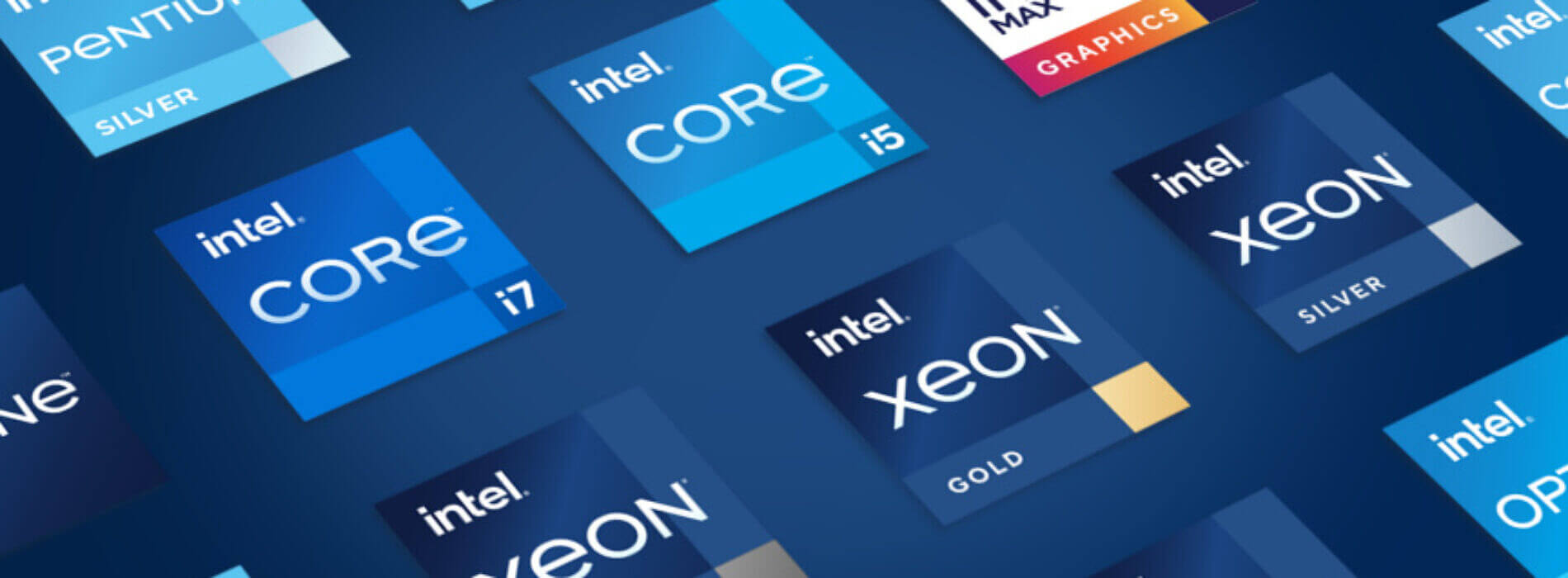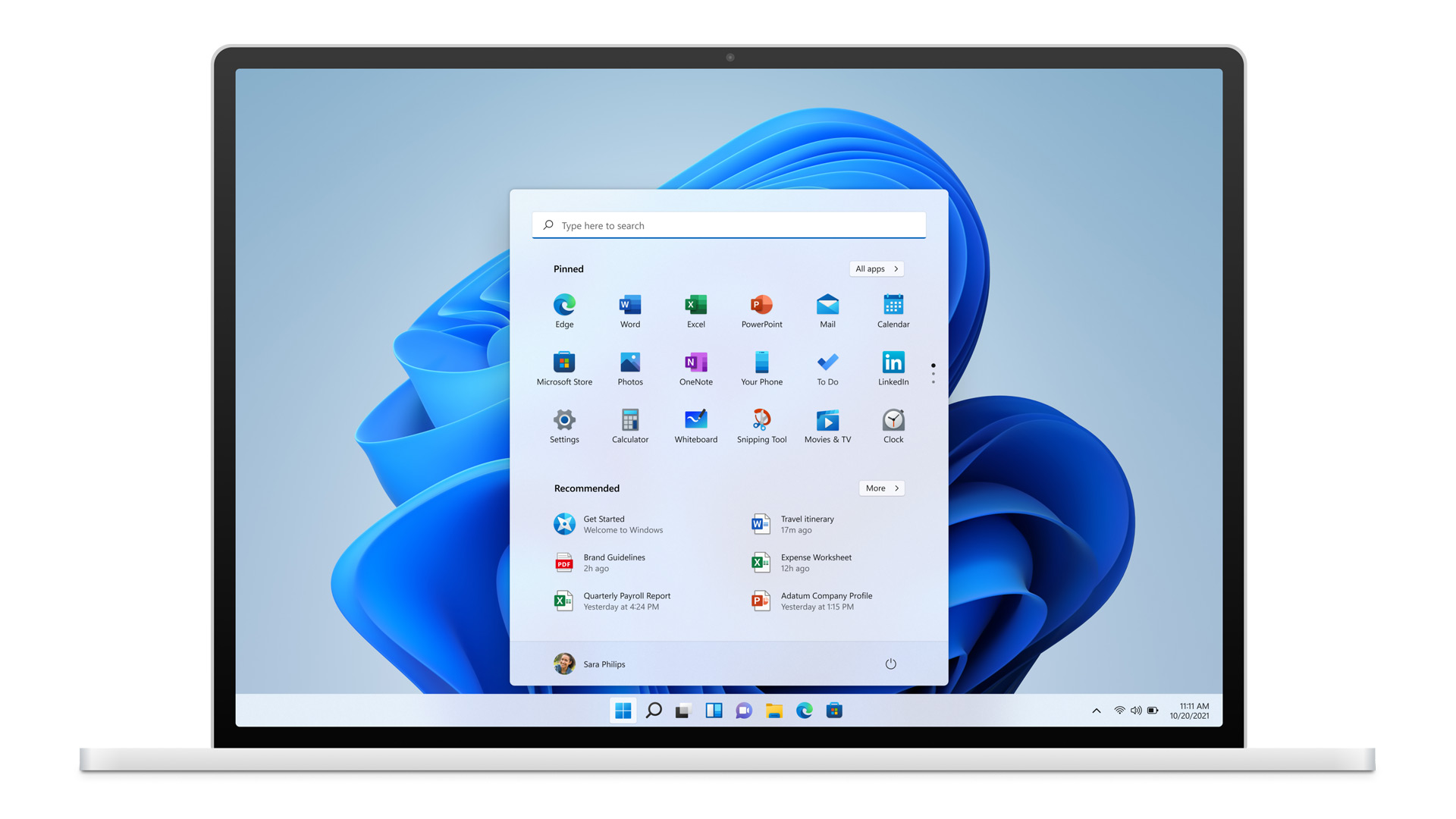Runtime Error 429 - What is it?
Error 429 is a type of runtime error. It sometimes occurs when you use the new operator or the CreateObject function in Microsoft Visual Basics to create an instance of a Microsoft Office application.
The error code is displayed on your computer screen in the following format:
Runtime Error ‘429’: Active X component Can’t Create Object
Solution
 Error Causes
Error Causes
The runtime error code 429 is triggered for several reasons. These include:
- Mistake in the application
- Incorrect system configuration
- Missing ActiveX components in the application
- Damaged Active X and class application components
- DLL required by the application is damaged
- Active X object was not registered properly
- Corrupted applications
- Corrupted Windows registry
- Class ID issues
The runtime error code 429 not only causes you inconvenience as it hampers your ability to access programs but delays in repairing this error code can lead to serious PC damages such as system freezes, crashes, and failures.
Further Information and Manual Repair
To resolve the runtime error 429 on your PC, try the following recommended solutions:
1. Re-register the Application Causing the Error
Identify the Office application causing the error and re-register it. For instance, if Office Excel is the prime cause of the error message pop up, simply re-register it.
Click on the start menu and then run. Then type this in “: C:/Program Files/Microsoft Office/Office/Excel.exe /regserver” and press OK.
This will hopefully resolve the issue.
2. Go to The Microsoft Windows Script Update Page and Download Microsoft Updated Installation File
This will also assist you in repairing runtime error 429.
Simply follow the installation wizard and update your
MS Office Applications. The corrupted files and missing components in them would be easily corrected by the update file. However, if this doesn’t work, then this means that the cause is more crucial than you think.
It is either related to damaged Active X objects or a corrupted Windows registry.
3. Repair the Active X objects and the Registry
To repair both the registry and the Active X objects in one go, it is advisable to
download Restoro.
This is an advanced, next-generation, highly and multi-functional PC repair tool. It is deployed with powerful and numerous utilities like a registry cleaner, Active X and class scanner, privacy error detector, and system stability module.
The registry cleaner embedded in this repair tool enables you to wipe out obsolete, unnecessary, malicious, and invalid files and registry entries saved in the registry. It frees up your disk space, repairs damaged DLL files and the registry thus resolving the runtime error 429 on your system.
The Active X object and Class feature identifies and scans Active X issues on your PC and resolves them right away.
Besides this, with this error tool, you can also scan for viruses and also
improve your PC performance.
Why Total System Care?
Total System Care is a one-stop solution to resolve all kinds of PC-related issues including the runtime error 429.
To run it on your system, you don’t have to be a computer programmer. It is very easy to operate. It has easy navigation and a user-friendly interface. There is nothing complex about it. It is safe and efficient. It resolves all PC issues in a few seconds.
You can run it in the background while performing other tasks on your system.
Furthermore, it is compatible with all Windows versions.
Click here to download Total System Care and resolve the Runtime Error 429 on your system today.
 Intel announced that Pat Gelsinger (CEO) and Dr. Ann Kelleher (technology Department head) will discuss Intel’s process and packaging innovations on an upcoming webcast that will happen on July 26th.
The spokesman will talk and provide a deeper look at the process and packaging roadmaps for Intel. As we know Intel is planning to expand its production capabilities, outsource some of its technologies and offer foundry services to other chip design companies.
The strategy will also include a shift to a 7nm process and Intel’s effort to set itself again as leader of CPU performance by 2024.
There is also a chance that we will hear exact plans for Intel in the next three or four years.
Intel didn't reveal much else about what Gelsinger and Kelleher plan to discuss during the webcast. The event will be streamed on July 26 at 2 pm PT via the Intel Newsroom; it will also be available to watch on-demand after the stream ends.
Intel announced that Pat Gelsinger (CEO) and Dr. Ann Kelleher (technology Department head) will discuss Intel’s process and packaging innovations on an upcoming webcast that will happen on July 26th.
The spokesman will talk and provide a deeper look at the process and packaging roadmaps for Intel. As we know Intel is planning to expand its production capabilities, outsource some of its technologies and offer foundry services to other chip design companies.
The strategy will also include a shift to a 7nm process and Intel’s effort to set itself again as leader of CPU performance by 2024.
There is also a chance that we will hear exact plans for Intel in the next three or four years.
Intel didn't reveal much else about what Gelsinger and Kelleher plan to discuss during the webcast. The event will be streamed on July 26 at 2 pm PT via the Intel Newsroom; it will also be available to watch on-demand after the stream ends. 


 Bug and security fixes:
Bug and security fixes: